Accepted Scientific Name: Mammillaria formosa Galeotti ex Scheidw.
Bull. Acad. Roy. Sci. Bruxelles v. (1838) 497 [et: Allg. Gartenzeitung (Otto & Dietrich) 12: 186. 1844 ]
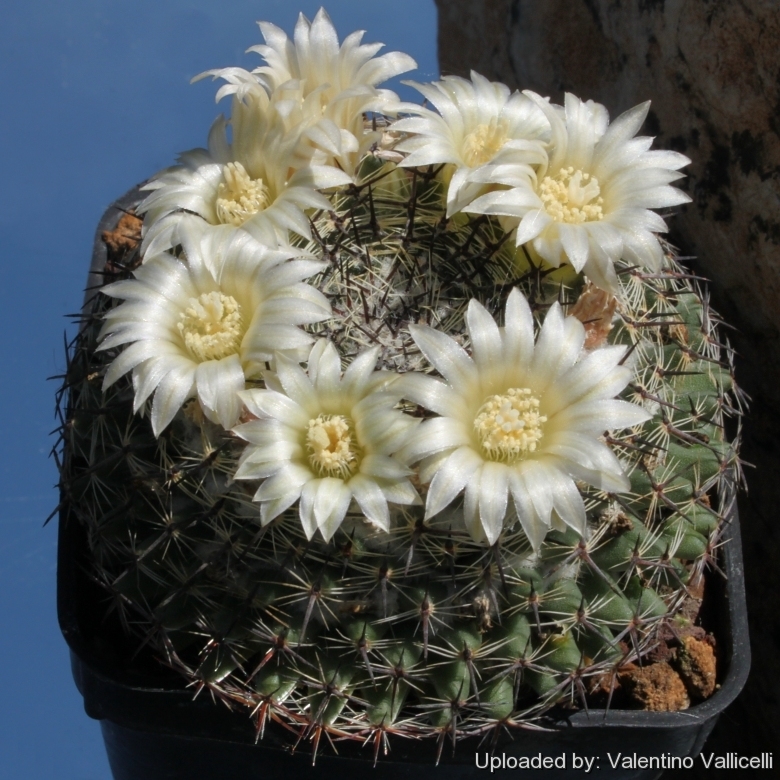
Neomammillaria formosa (Mammillaria formosa) Photo by: Valentino Vallicelli
This Mammillaria gets only better looking with age. It will continue to put on more and more heads, as well as more white cotton topping.
Origin and Habitat: Mammillaria formosaSN|15832]]SN|15832]] is a very widespread and abundant in Mexico in the states of Coahuila, Aguascalientes, Guanajuato, Zacatecas, Tamaulipas, Nuevo Leon and San Luis Potosi.
Altitude: 960-2350 metres above sea level.
Habitat and Ecology: This cactus grows under bushes in xerophytic shrubland, on hills and plains together with Echinocereus pectinatusSN|7817]]SN|8503]], Echinocereus stramineusSN|8503]]SN|7817]], Mammillaria pilispinaSN|2309]]SN|9339]], Mammillaria aureilanataSN|9339]]SN|2309]], Ariocarpus kotschoubeyanusSN|2127]]SN|2127]], Leuchtenbergia principisSN|12924]]SN|12924]], Neolloydia matehualensisSN|31290]]SN|31290]], Lophophora williamsiiSN|1117]]SN|1117]], Turbinicarpus klinkerianusSN|12679]]SN|12679]], Coryphantha radiansSN|3914]]SN|3914]], Thelocactus hexaedrophorusSN|10830]]SN|10830]],Echinocactus platyacanthusSN|10367]]SN|10367]], Ferocactus latispinusSN|4300]]SN|4259]], Ferocactus stainesiiSN|13428]]SN|13428]], Ferocactus histrixSN|4259]]SN|4300]], Myrtillocactus geometrizansSN|8050]]SN|8050]], Opuntia rastrera, Opuntia imbricacta, Agave lechuguillaSN|27883]]SN|23013]], and Agave salmianaSN|23013]]SN|27883]]. Overgrazing of the habitat by goats is the only threat, but this is not having any real impact on the species. Mammillaria formosaSN|15832]]SN|15832]] is a very widespread and abundant species with no major threats, but there are some concerns about subspecies pseudocrucigera, which appears to be scarcer than the others.
Synonyms:
See all synonyms of Mammillaria formosa
Common Names include:
ENGLISH: Owl Eyes, Royal Cross
RUSSIAN (Русский): Маммиллярия красивая
UKRAINIAN (Українська): Мамілярія прекрасна, Мамілярія красива, Мамілярія формоза
Description: Mammillaria formosaSN|20707]]SN|15832]] is a solitary cactus, that ramifies dichotomously with age (occasionally branches also by basal shoots). Given enough time, it will form mounds. Old plants with lots of branching are treasures. This plant variation is huge, the spine length, the wool covering and appearance varies from clone to clone. This species currently comprises four subspecies, the nominate form, subsp. chionocephala (J.A.Purpus) D.R.Hunt, microthele (Muehlenpf.) D.R.Hunt and pseudocrucigera (R.T.Craig) D.R.Hunt. Some people consider Mammillaria formosaSN|1840]]SN|15832]] subs. chionocephala and Mammillaria formosaSN|15836]]SN|15832]] subs. microthele to be good species.
Stem: Symmetrically globose at first, later cylindrical, with a depressed apex, 5 - 20 cm high, up to 10 (or more) cm in diameter. Light green,and may, with age, become rubberized at its base.
Tubercles: Crowded, pyramidal, with latex, arranged in numerous, very close-set spirals. The Axil is woolly with white wool especially in the floriferous portion.
Areoles: Oval and woolly when young.
Roots: Fibrous.
Radial spines: 20 - 22, sometimes absent, thin, needle- or bristle-like, sometimes flattened, somewhat horizontal radiating and arranged laterally on each side of the tubercle, white, 3 - 6 mm long.
Central spines: 4 - 7, usually 6, pinkish to brown with darker tips, to 8 mm long.
Flowesr: Diurnal, funnel-form, dull white to light pink about 10 - 15 cm in diameter. Blooms adorn the crown of the plant, usually in a ring, in the growth of the previous year.
Blooming seson: Spring to summer.
Fruits: Attractively deep dull pinkish-red coloured .Club-shaped.
Seeds: Light brown.
Remarks: This is one of the Mammillaria commonly called "Owl Eye Cactus", known for dichotomous branching (forking or dividing into two parts). Although dichotomous branching is not a common occurrence in cacti in general, it happens for some reason in this particular species. What is interesting about this cactus is that it began as a single head, and it has now divided twice, forming what will be four separate branches. When the division process started, it was obvious that four heads would appear, but I don’t think the one head divided quadruply. Most probably, one head became two, and then those two immediately divided.
Other Owl Eye Cactus among others compriseMammillaria karwnskiana, Mammillaria microtheleSN|15832]]SN|15836]], Mammillaria tlalociiSN|15832]]SN|1840]] and Mammillaria perbellaSN|15832]]SN|20707]].
Subspecies, varieties, forms and cultivars of plants belonging to the Mammillaria formosa group
 Mammillaria formosa Galeotti ex Scheidw.: has pale pink flowers and 20-22 white radial spines. Distribution: Coahuila, Aguascalientes, Guanajuato, Zacatecas, Tamaulipas, Nuevo Leon, and San Luis Potosi.
Mammillaria formosa Galeotti ex Scheidw.: has pale pink flowers and 20-22 white radial spines. Distribution: Coahuila, Aguascalientes, Guanajuato, Zacatecas, Tamaulipas, Nuevo Leon, and San Luis Potosi. Mammillaria formosa subs. chionocephala (J.A.Purpus) D.R.Hunt: is typically wrapped on the upper part with a dense snow-white wool, so that only the tips of the tubercles visible. Distribution: Highlands of central Mexico (Coahuila, Nuevo Leon, and Durango).
Mammillaria formosa subs. chionocephala (J.A.Purpus) D.R.Hunt: is typically wrapped on the upper part with a dense snow-white wool, so that only the tips of the tubercles visible. Distribution: Highlands of central Mexico (Coahuila, Nuevo Leon, and Durango). Mammillaria formosa subs. microthele (Muehlenpf.) D.R.Hunt: has nearly pure white flowers and 22-24 flattened and bristle-like radials. Description: Coahuila, Guanajuato, Tamaulipas, and San Luis Potosi.
Mammillaria formosa subs. microthele (Muehlenpf.) D.R.Hunt: has nearly pure white flowers and 22-24 flattened and bristle-like radials. Description: Coahuila, Guanajuato, Tamaulipas, and San Luis Potosi. Mammillaria formosa subs. microthele var. superfina hort.: it is a particular nice selected form with very small tubercles and spines.
Mammillaria formosa subs. microthele var. superfina hort.: it is a particular nice selected form with very small tubercles and spines. Mammillaria formosa subs. pseudocrucigera (R.T.Craig) D.R.Hunt: has distinctly pink flowers with white margins and only 18 radials, often lacking on mature areoles. Distribution: Queretaro and Guanajuato.
Mammillaria formosa subs. pseudocrucigera (R.T.Craig) D.R.Hunt: has distinctly pink flowers with white margins and only 18 radials, often lacking on mature areoles. Distribution: Queretaro and Guanajuato.
Notes: At a first glance some forms of Mammillaria formosaSN|20639]]SN|15832]] may be confused with Mammillaria semperviviSN|20639]], but it is not so difficult to distinguish, especially when in flower. Mammillaria semperviviSN|15832]]SN|20639]] has very few radial spines and they soon drop off, leaving just 1 or 2 central spines. The flowers also are quite definitely yellow. Mammillaria formosaSN|20639]]SN|15832]] and its various forms, usually have persistent radial spines, usually 2 to 6 central spines, and pale pink to white flowers. The only plant that differs is Mammillaria semperviviSN|20639]], often stated to be a form of Mammillaria semperviviSN|15832]]SN|20639]], but this has pink striped flowers, though its spines are more like the proper sempervivi. Pilbeam says that ssp. pseudocrucigera is the link between formosa and sempervivi.
Bibliography: Major references and further lectures
1) Fitz Maurice, B, Fitz Maurice, W.A., Hernández, H.M., Sotomayor, M. & Smith, M. 2013. Mammillaria formosa. The IUCN Red List of Threatened Species. Version 2014.3. <www.iucnredlist.org>. Downloaded on 30 April 2015.
2) David Hunt, Nigel Taylor “The New Cactus Lexicon” DH Books, 2006
3) John Pilbeam (1999) “Mammillaria The Cactus File Handbook” Nuffield Press.
4) Nathaniel Lord Britton, Joseph Nelson Rose “Cactaceae: Descriptions and Illustrations of Plants of the Cactus Family” vol. 4 The Carnegie Institution of Washington, Washington 1923
5) Edward F. Anderson “The Cactus Family” Timber Press, 2001
6) James Cullen, Sabina G. Knees, H. Suzanne Cubey “The European Garden Flora Flowering Plants: A Manual for the Identification of Plants Cultivated in Europe, Both Out-of-Doors and Under Glass”Cambridge University Press, 11/ago/2011
7) John Pilbeam (1999) “Mammillaria The Cactus File Handbook” Nuffield Press.
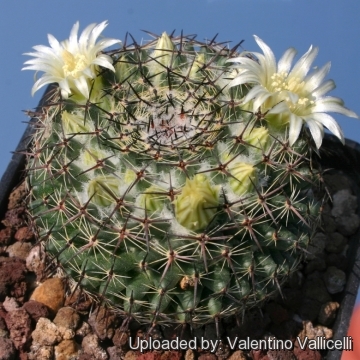 Neomammillaria formosa (Mammillaria formosa) Photo by: Valentino Vallicelli
Neomammillaria formosa (Mammillaria formosa) Photo by: Valentino Vallicelli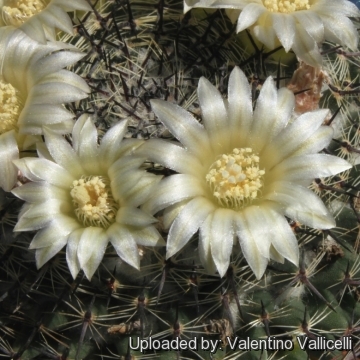 Neomammillaria formosa (Mammillaria formosa) Photo by: Valentino Vallicelli
Neomammillaria formosa (Mammillaria formosa) Photo by: Valentino Vallicelli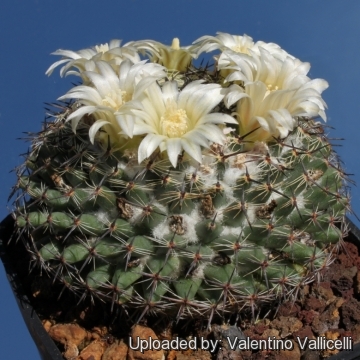 Neomammillaria formosa (Mammillaria formosa) Photo by: Valentino Vallicelli
Neomammillaria formosa (Mammillaria formosa) Photo by: Valentino Vallicelli Neomammillaria formosa (Mammillaria formosa) Photo by: Cactus Art
Neomammillaria formosa (Mammillaria formosa) Photo by: Cactus Art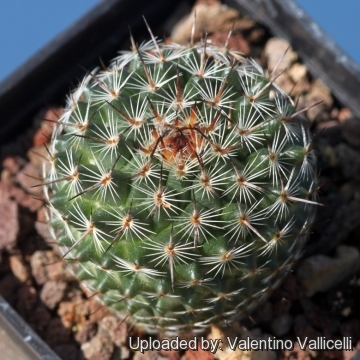 REP1064 (Collector: Werner Reppenhagen) La Jolla, Cerro Cuervo, San Luis Potosí, Mexico, 2150 m a.s.l. (Mammillaria formosa) Photo by: Valentino Vallicelli
REP1064 (Collector: Werner Reppenhagen) La Jolla, Cerro Cuervo, San Luis Potosí, Mexico, 2150 m a.s.l. (Mammillaria formosa) Photo by: Valentino Vallicelli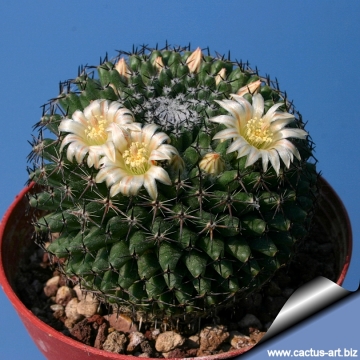 Neomammillaria formosa (Mammillaria formosa) Photo by: Cactus Art
Neomammillaria formosa (Mammillaria formosa) Photo by: Cactus Art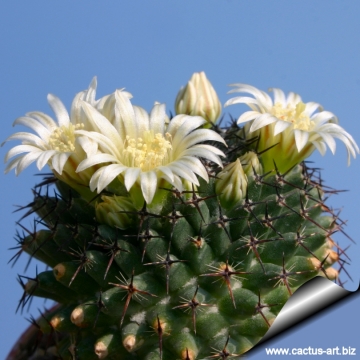 Neomammillaria formosa (Mammillaria formosa) Photo by: Cactus Art
Neomammillaria formosa (Mammillaria formosa) Photo by: Cactus Art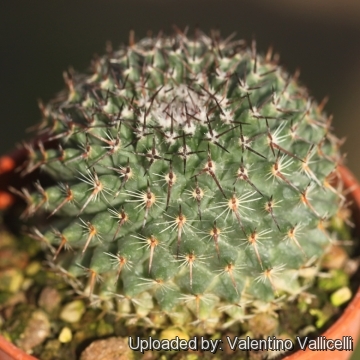 SB11 (Collector: Steven Brack) Salinas, San Luis Potosi, Mexico (Mammillaria formosa) Photo by: Valentino Vallicelli
SB11 (Collector: Steven Brack) Salinas, San Luis Potosi, Mexico (Mammillaria formosa) Photo by: Valentino VallicelliCultivation and Propagation: It is easy to cultivate and make interesting specimens for any collection, and over time (in 12-15 years) it will form enormous colonies up to 50 cm or more in diameter! It grows by dichotomously dividing, and also by producing offsets, and doesn't require any special treatment, except for the need for frequent transplanting, in order to manage its exuberance. It needs as much light as possible without burning the plant, to keep the stems compact. Provide a well-drained soil mix. Water well and then allow to dry thoroughly before watering again during the growing season. It doesn't like much, if any, winter water, but can survive short exposures to freezing temperatures (-4° C.) if properly hardened off and kept dry.
Propagation: It is best propagated from seed. Seed readily germinates at 20°-22°C, or by offsets if available. The white wool between the areoles makes this species a pleasure to look at and grow, but the diversity among individual specimens is considerable and the best plants have abundant white axillary wool. Hence, it is worth raising a batch of seedlings and selecting one or two that have the most wool.


















